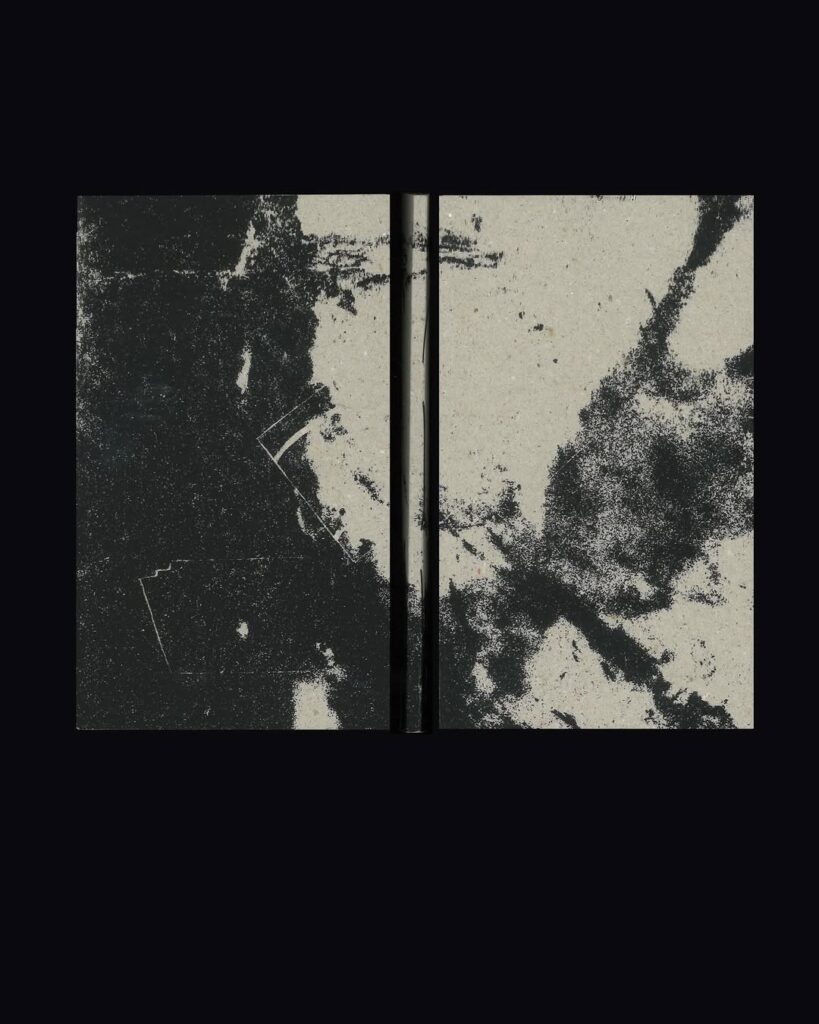What would walls say if they could speak? What questions would we ask walls if we knew they could answer us?
“What would the walls of Hectolitre say?” Javi Fernández asks me, pointing to the history of this building in les Marolles neighborhood of Brussels, where he has been doing an artist residency over the past few months. These walls would have witnessed, among other things, the sexual encounters that took place when the building was a swingers’ club. Bodies brushing against each other, exchanging fluids. Sweat. Tongues. Eyes rolling back. A way of experiencing sexuality beyond the margins of normativity and the capitalist logic of private property. Exchange. Freedom. Community. These dynamics of collectivity and communal living are precisely what still take place today, now through the artistic residencies hosted in this space.
I remember reading or hearing the artist Dora García speak about the idea—drawing from a point made by Michel Foucault—that sex, no matter how kinky, had never really subverted the status quo. What can be subversive, she continued, is a different way of living and loving together. This is where love appears as a technology of social transformation, as a political tool.
Javi Fernández, intrigued by the silent testimony of Hectolitre’s walls, carried out a series of scans of details on those walls. He then proposed a collective writing exercise during a session with the other residents of Hectolitre—people who had inhabited that space— where each person wrote something the walls evoked in them. Like a game of exquisite corpse, a collective narrative emerged. Beyond this experience, there is a broader interest in collective creation practices, and artistic production is understood as the generation of radical care situations. It is through these gatherings, by creating tender and affectionate spaces, that new ways of living and creating together are envisioned.
What would walls say if they could speak?
When I first encountered this project, I immediately thought of the text by psychoanalyst Jacques Lacan, “Je parle aux murs” (“I speak to the walls”). In that text, Lacan plays one of his countless word games, based on the phonetic similarity in French between “amour” (love) and “aux murs” (to the walls). For Lacan, speaking to a wall is not simply speaking in vain—it is speaking from a place of lack, from the impossibility of a response, from solitude. In other words, it is to speak of love. As Lacan suggests, between one subject and another, there is always a wall—the impossibility of fusion.
In this project, the walls are far from being obstacles; they become spaces of memory and inscription. A space where traces are left, where what cannot be spoken is written. These writings emerge as murmurs, echoes of bodies that touched without touching. They are also an opportunity to generate community from the singular experience of inhabiting a collective space.
There is, throughout this project, a will to care—care understood as radical attention to the other, to the fragment, to what doesn’t quite fit. This project does not aim to restore a history, but to open cracks through which to imagine different affective communities, where relationships are not based on exchange, but on the singularity of desire—on the possibility of weaving the collective from what is fragmented.
Sergi Álvarez Riosalido
Barcelona, April 2025
Text for the publication “Aux murs” by Javi Fernández, developed at Hectolitre (Brussels) in April 2025.
